Marianne Kolb – the birth of a Swiss artist in California
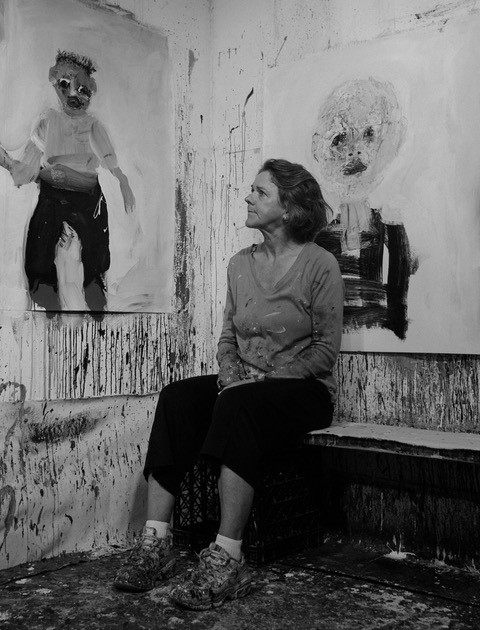
Marianne Kolb left the Swiss capital, Bern, in the early 1980s to settle in California, where she discovered painting and went on to become an established artist. SWI swissinfo.ch visited the Swiss painter at her studio in Sacramento in the United States.
Traces of coloured paint are splattered on the floor. A halo is visible on a wall left by a recently removed canvas. These are the tell-tale signs of a finished work, or, as Marianne Kolb would say, “a painting that lives on its own, that is able to keep on living even when I won’t be here anymore”.
Kolb made the San Francisco Bay Area her second home in the early eighties and found her vocation as an artist almost by accident. Decades later, she says she still feels the urge every morning “to start a painting that will be better than the one done the day before”.
The Swiss artist was born in rural Neuenegg, near Bern. “My destiny was already predetermined, like that of my grandmother and my mother: to get married, have kids and serve my family,” she says.
A bigger world out there
She first felt the urge to leave Switzerland in the late 1960s. “I was 14 and I already knew that there was a bigger and more diverse world out there that I wanted to see. I had already read about the American civil rights movement and the Black Panthers,” she says.
The opportunity arose in the summer of 1983. She decided to leave her job and move to Berkeley for six months to attend a language course. “I arrived in San Francisco and the first week was a shock. I didn’t know anybody, I looked words up in the dictionary to communicate with people, and I started feeling lonely. Luckily, I had the contact information for a girl in Oakland,” she recalls.
She soon moved in with the girl she knew and a group of young people. Time passed and six months quickly turned into a year. That was when she decided to sell her return flight to Switzerland.

She enjoyed a sense of freedom in the US that was liberating and she joined a community of artists. “Everything here was easier and more spontaneous. Where I come from, we weren’t used to talking to strangers,” she says. “Also, in the Bay Area you can try things out. Failing is not a problem. You can start over again.”
Swiss at heart
Today, the feeling that still bonds her to her homeland Switzerland remains unique, she says.
“Every time I come back to Switzerland I am inundated by the scent of the countryside, and I feel my roots deeply,” she says, adding that she sees her Swiss heritage in her work ethic, which she applies to her painting.
Kolb discovered her artistic vocation in the basement of the building where she was living in Oakland. Her friend Kim was using the space as a studio to make jewellery and Marianne started working with her. “When Kim saw my drawings she said, ‘you should paint’ and gave me a second-hand set of paints… from that day on, I only could think of painting,” she says.
She decided to sign up for painting classes at the California College of the Arts. When she turned in her first work to her teacher, she felt very frustrated because all the paintings were in black and white. Kolb asked if she should learn colour techniques. “But my teacher, Leigh Hyams, looked me straight in the eye and said, ‘don’t you dare’.” Instead, she assigned her to paint 50 paintings in green without using the colour green and 50 paintings in black without using the colour black. “I want you to find the colours in your gut, not in your head,” the teacher told her.
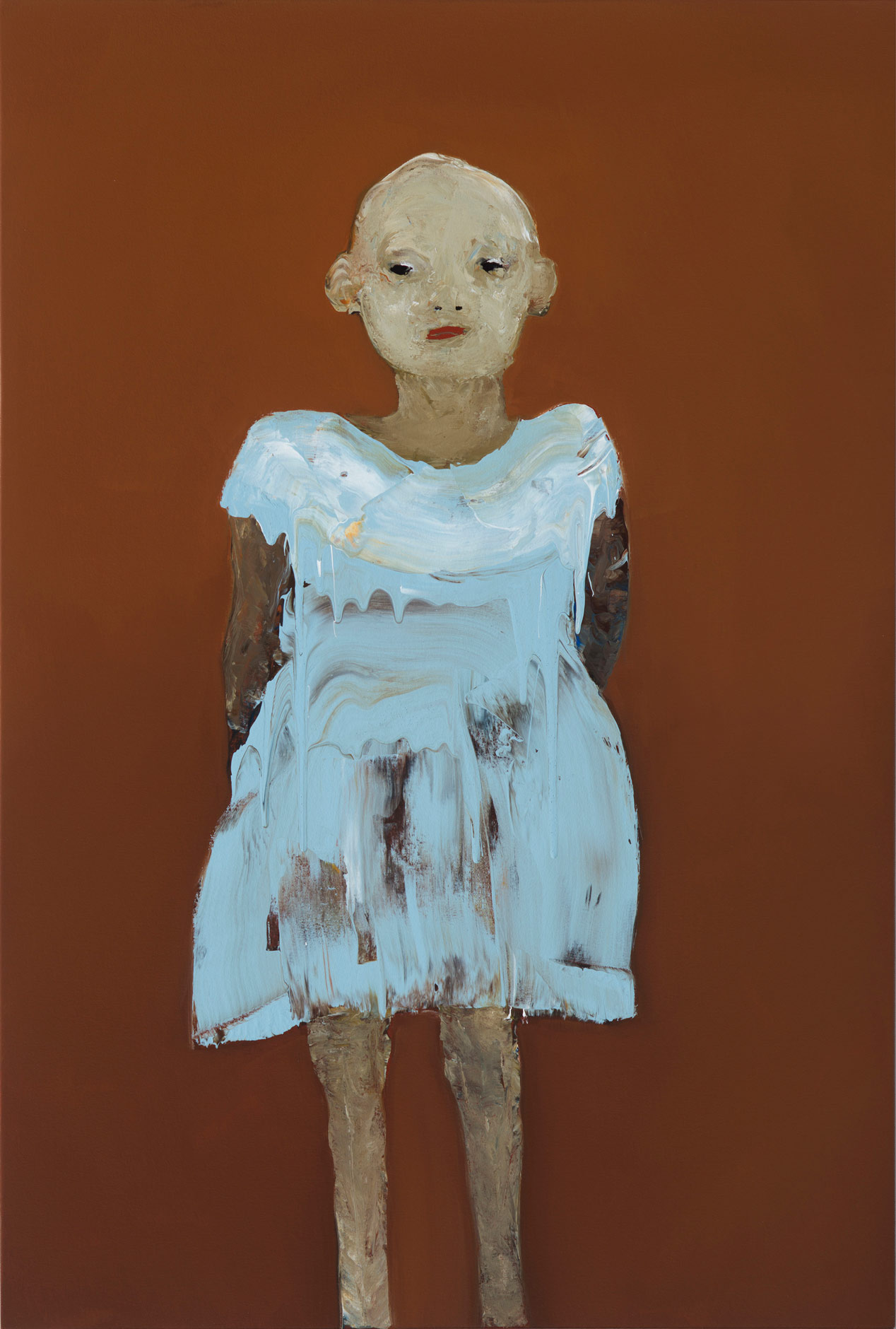
From that lesson, Kolb established an instinctive relationship with colours that some critics describe as expressionistic. This is unintentional, she says. It is the colour that sets the tone and shapes the story of the subject of the painting.
People and feelings
The human condition is at the very centre of her work. She paints faces and figures with basic brushstrokes. “I am interested in describing mood and feeling with as little information as possible,” she explains.
Her brushstrokes create silhouettes that have a sense of ambivalence about gender, race and age. They often have an enigmatic expression. “Sometimes my figures seem disturbed,” Kolb explains. “Their mood is uncertain, but they are shrouded in dignity. They emit a form of contentment and a sense of acceptance of the human condition they are living.”
This is the case with the painting “Hope”, which is a work that she feels very connected to. The subject is a very young female figure emerging from a brown background and wearing a light blue dress. “I wanted to express vulnerability. She is young, but she has an old soul. We don’t know what happened to her, but she looks serene. She expresses dignity,” she says.
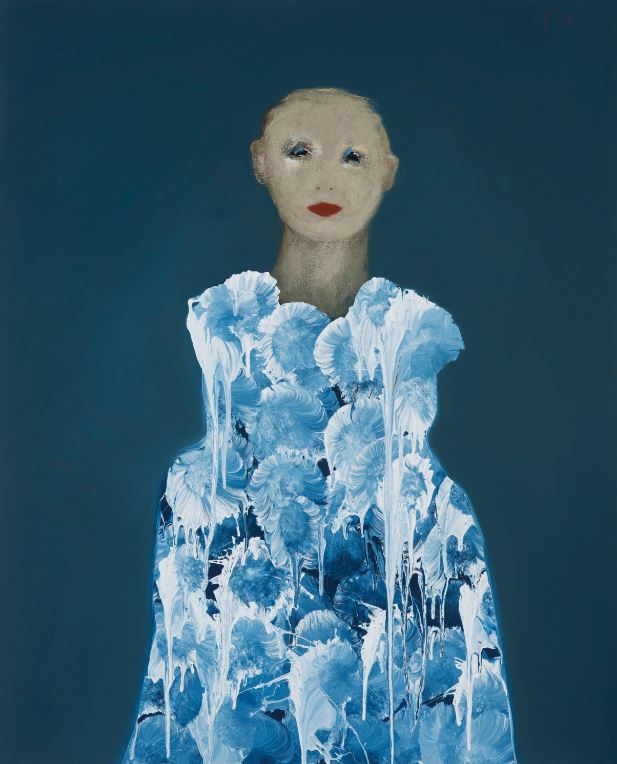
The hands in the painting, like those of many other female subjects, are not visible. “This represents the female condition. We women are still limited and subject to many restrictions. We are not yet free. Nevertheless, we handle whatever is thrown at us with dignity,” she notes.
“Serena”, another of her protagonists, was born by accident. “I had worked for many hours without any result. I wanted to erase everything. I was tired and frustrated. I turned instinctively to some big, long brushes that I ran in white paint and smashed on the canvas.” “Interesting,” she thought. And the artwork was complete. The creative process is something that is out of her control, she explains.
Not an activist but…
“Hope” and “Serena” are part of the series “Figurative Paintings” that Kolb showed at the Triton Museum of Art in Santa Clara, California in 2018 in honour of women and the #MeToo Movement.

She is not an activist, but she wants to contribute to the cause with her artwork. The #MeToo Movement is very close to her heart because she was molested by a neighbour when she was a little girl. She kept the trauma secret for a long time, scared that her parents wouldn’t understand or, worse, would punish her.
She speaks about the healing power of art and how painting allows her to give shape to emotions and elevate her soul beyond human suffering. “I am fascinated by human beings. They are what I understand best since I am one of them,” she says.
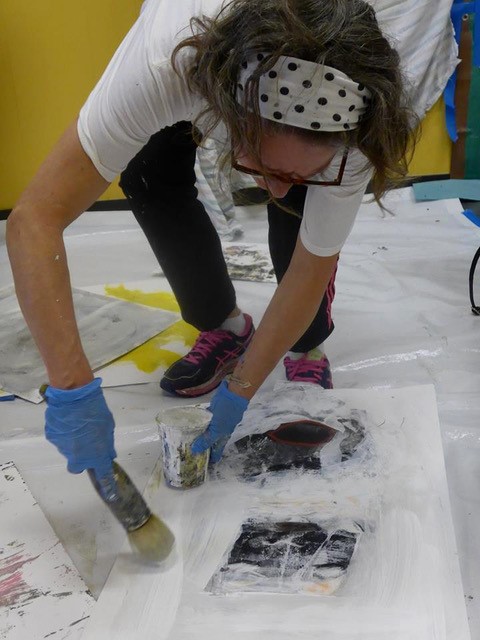
During her years in Oakland, she often used to walk by Lake Merritt where she had many unexpected encounters with people who spontaneously told her their stories. “Later I would bring all those impressions to my studio.” She says that she is fascinated by “otherness” and this is another reason why she stayed in the Bay Area, where people from all over the world live in respect and tolerance.
She now has new studio in the house that she recently bought in Sacramento. It is a bright and airy building where she can paint and also enjoy the silence. “It is my sanctuary where I feel grounded,” she says.
That is where her creative process begins – something that can be fascinating but also frustrating.
“Sometimes I need to force myself to go to my studio. I sit down and I have no idea what I am going to create,” she says. Inspiration doesn’t always come when she looks for it. She needs to chase it. Discipline, dedication and an unlimited amount of time help, she says. “Sometimes it takes weeks to finish a work. There are paintings that are thrown away or erased and redone.”
However, there exists a special state of mind where everything happens easily. This is when she can best express her skills effortlessly. A state of grace, she would say. Here everything falls into place naturally and magically. Although she doesn’t necessarily want to use these words, she explains: “some would say that this is an encounter with God.”
Edited by Balz Rigendinger

In compliance with the JTI standards
More: SWI swissinfo.ch certified by the Journalism Trust Initiative



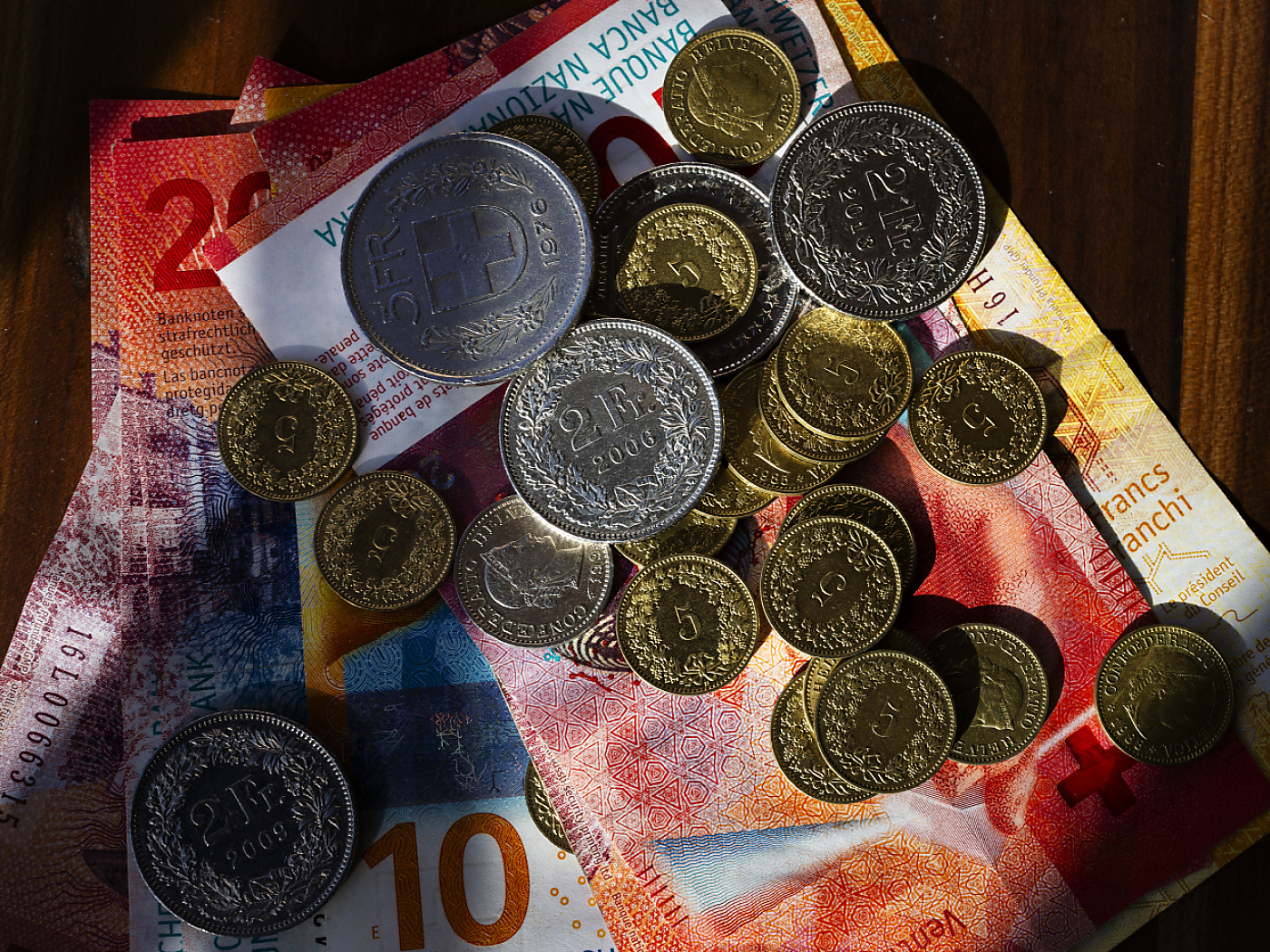




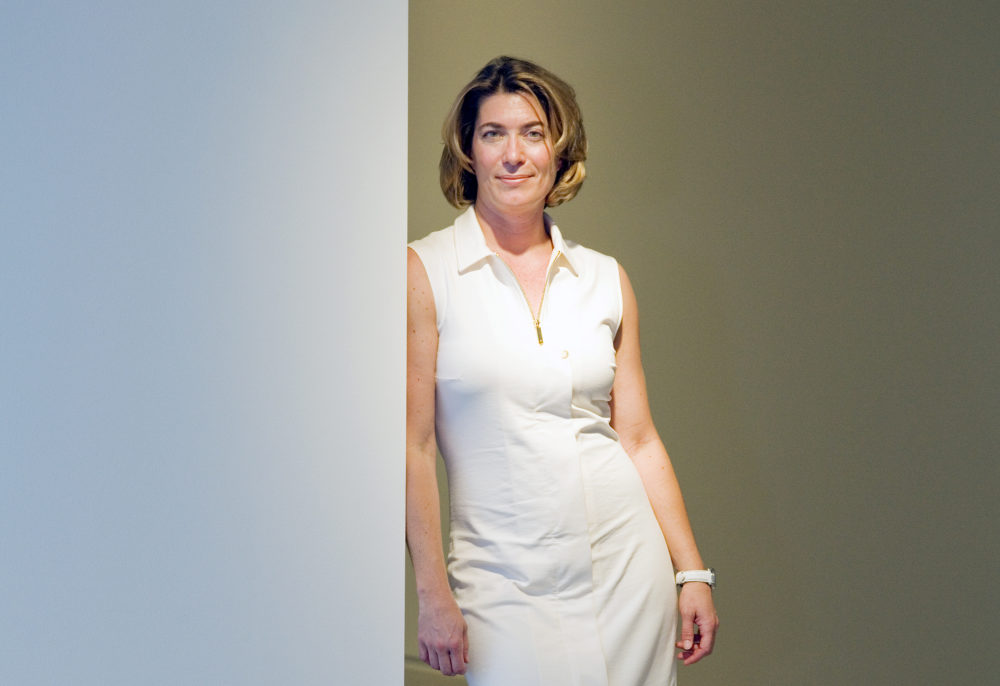



You can find an overview of ongoing debates with our journalists here . Please join us!
If you want to start a conversation about a topic raised in this article or want to report factual errors, email us at english@swissinfo.ch.